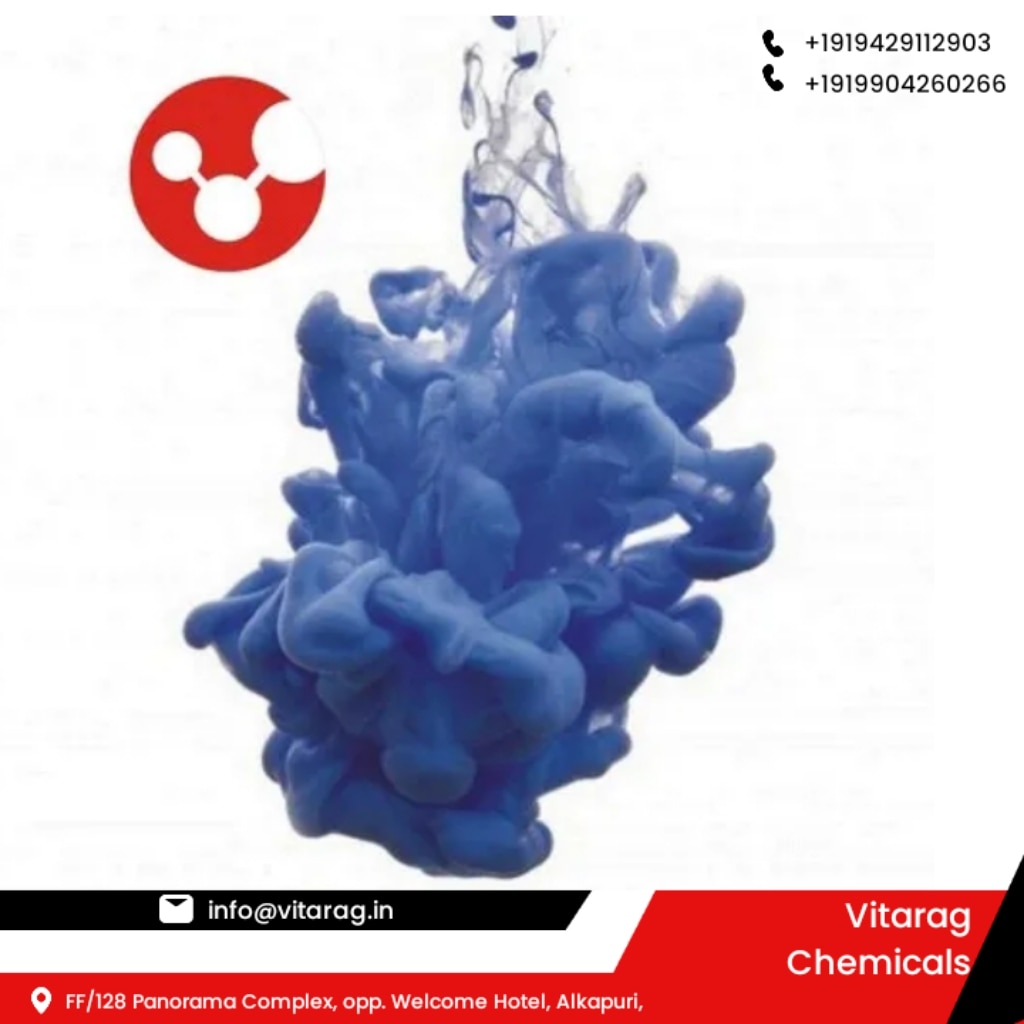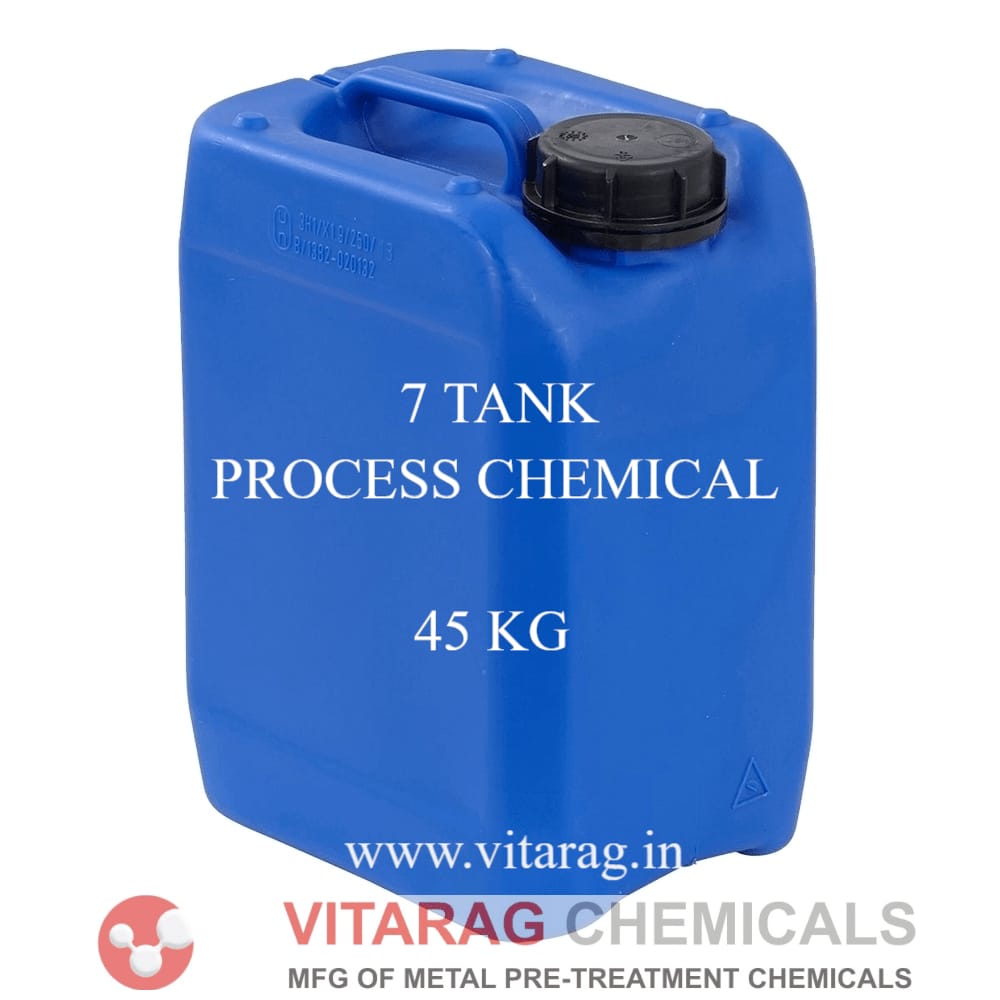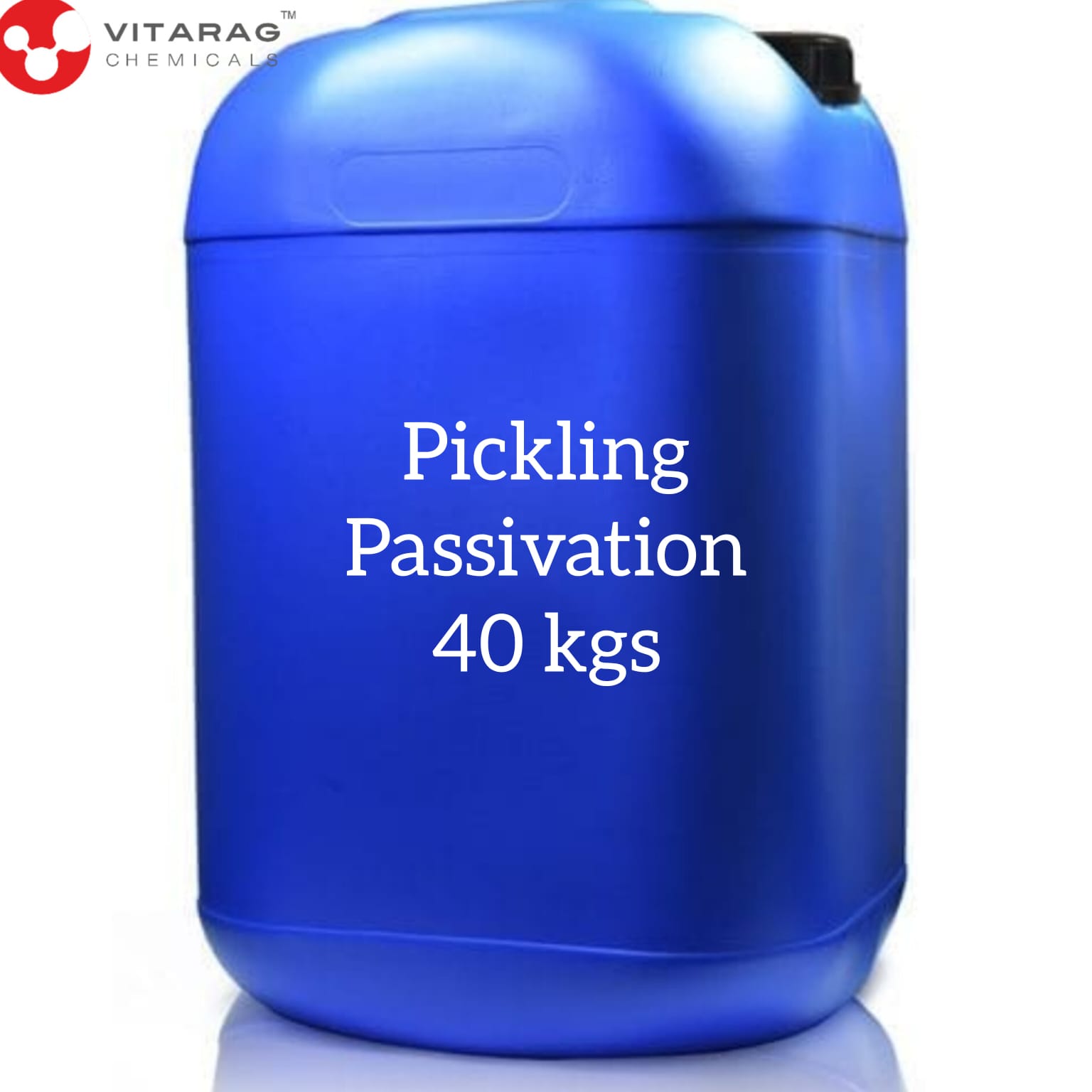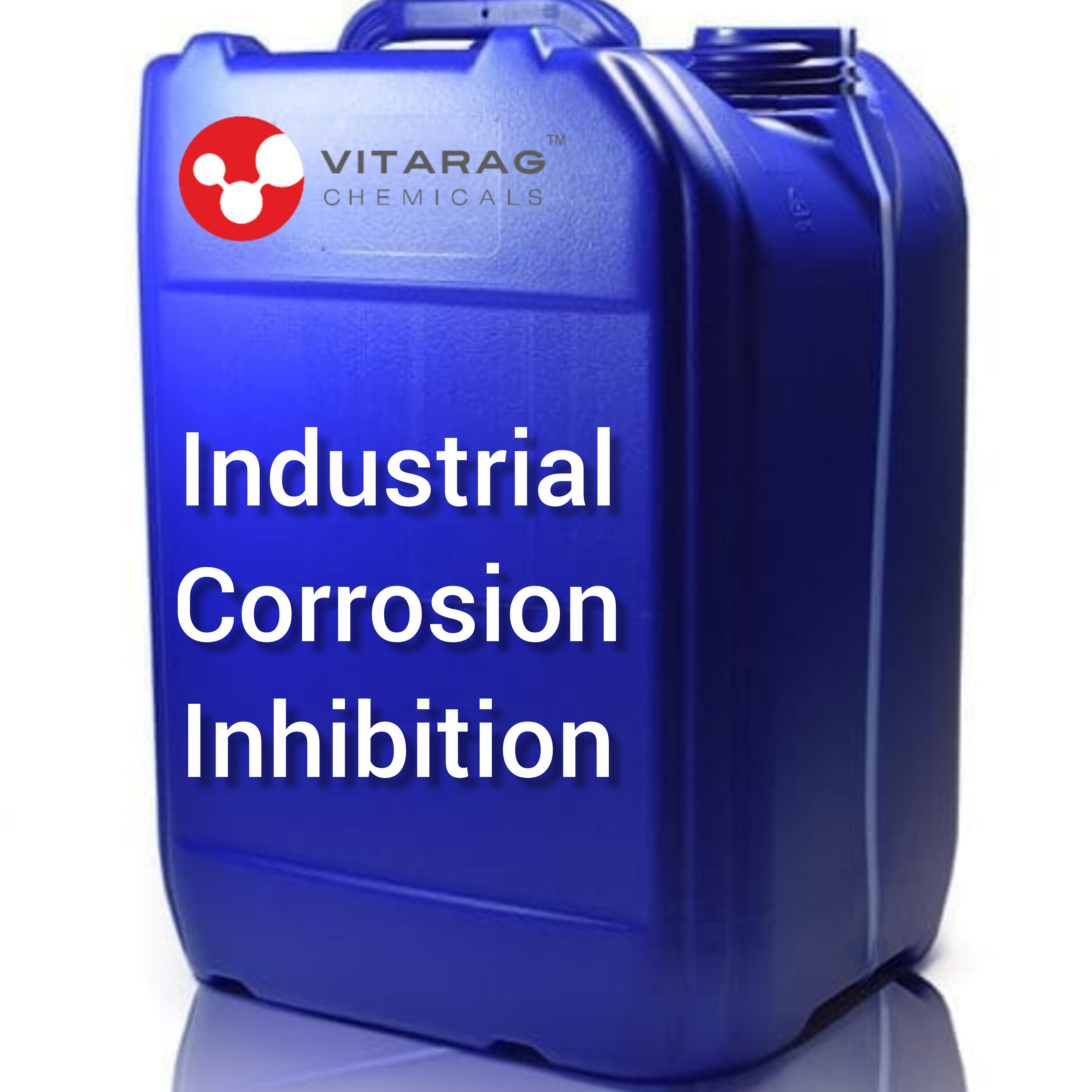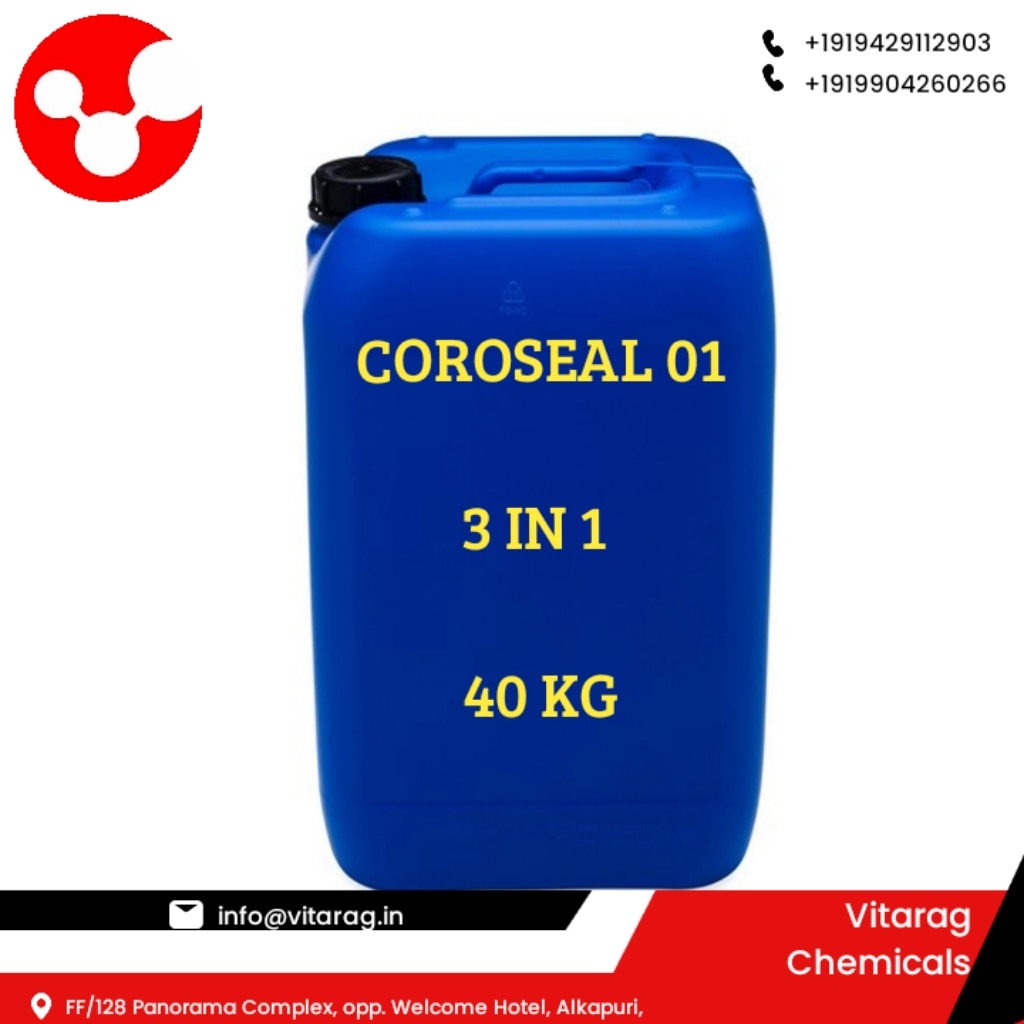We deal in Room Temperature blackening Chemical, which customer can directly avail from us. GENERAL DESCRIPTION VCBLK HB-18 is a new revolutionary development in cold black finishing. It will impart jet black conversion coating to steels, cast iron and other ferrous metals at room-temperature.VCBLK HB-18 process is easy to do in-house. It is non-caustic, non-splattering, safe, energysaving, fast, dependable and convenient. It increases productivity and lowers labour costs.Finishing can be done anywhere without special equipment, ventilation, heating systems or anycomplicated control procedures.EQUIPMENT REQUIREDAcid Resistant tanks, containers, tumbling barrels, baskets, hooks and racks must be used withVCBLK HB-18 and derusting tank. Plastic or Rubber lined tanks and plastic-coated hooks andracks are suitable for both VCBLK HB-18 and derusting tanks. Mild steel may be used fordegreasing, rinsing & sealant tanks.DIRECTIONS FOR USE1. Thoroughly clean and degrease the pieces to be blackened in KLN 18. The type and degree ofsurface soil will determine the length of time and the number of cleaning steps and cleaningtemperature (M.S. Tank).2. Rinse thoroughly in overflowing cold water (M.S. Tank).3. Surface rust, if present, should be removed following cleaning cycle using RLN 27 at aconcentration of 1:1 at room temperature (FRP Tank).4. Rinse thoroughly in overflowing cold water (M.S. Tank).5. Immerse the pieces in VCBLK HB-18 solution. VCBLK HB-18 solution is to be diluted with 6to 12 parts of water depending on alloy and surface, hardness. The immersion time necessary toproduce the desired depth of black, is usually one to three minutes. For most parts a dilution ofone part VCBLK HB-18 with 9 parts of water would give good results (FRP Tank).6. Rinse the pieces in overflowing cold water for 30 seconds (M.S. Tank). 7. Immerse the pieces in oil, a dewatering type rust preventive at room temperature for 3 minutesto seal the finish and impart corrosion resistance (M.S. Tank).The above parts can be sealed while wet or dry. If parts have to be dried prior to sealing, step 6should be followed with a hot water rinse and the parts to be sealed as soon as they are dry.A wide range of rust preventives are available with us. Consult us on what type of finish andprotection you require for your parts or components and we can suggest a suitable oil.
Send Message
